The two films may seem to share a lot in common, but tonally, are different beasts entirely.

[Editor’s note: The following story contains spoilers for “Twisters“]
There’s nothing quite like a big, loud, summer blockbuster. The kind of film that shakes your seat, blasts your ears, and tugs at your heartstrings with excessive, yet entertaining force. Many films this summer have tried to service this need, including “The Fall Guy” and “Furiosa: A Mad Max Saga,” but “Twisters” may finally be the one to exceed financial expectations, if not at least meet them. Critics have already praised its direction and VFX, plus this Glen Powell summer would not be complete without another hit at the box office for the handsome human golden retriever. However, as much as “Twisters” delivers on its promise to blow you away, the one thing holding it back from being a masterpiece on the level of “Top Gun: Maverick” — other than not having Tom Cruise, of course — is its relation to its predecessor, the 1996 disaster film from “Speed” director Jan de Bont and quite singular, “Twister.”
Starring Helen Hunt and Bill Paxton as tornado-obsessed meteorologists and former lovers both bent on chasing down storms so they can collect data and help provide longer warning time for communities at risk, “Twister” is a human drama as much as it is a thriller about natural disasters. It begins with a prologue featuring Hunt’s character Jo as a little girl, being rushed to a storm cellar by her parents only to watch helplessly as her father is ripped into the sky by a tornado’s horrifying force. It sets the tone for her character and tells the audience immediately: Storm-chasing isn’t a vocation for Jo, it’s a purpose.

“Twisters” opts to begin with a prologue as well, creating similar life-and-death stakes to the original, but in a way that signals immediately how this sequel plans to up the ante. Starting with Daisy Edgar-Jones’ Kate Carter as a meteorology student teaming up with her storm-chasing peers to dispense a compound into a tornado with the hope of getting it to collapse, we’re immediately thrown into the middle of the action of this world. One of her teammates also happens to be her boyfriend (Daryl McCormack) and while his demise can be predicted from the moment he appears on screen, the additional deaths of two of Kate’s friends and colleagues within the opening sequence shifts the character dynamics from the original significantly.
While “Twister” aims to capture the unyielding obsession and passion of storm-chasers, “Twisters” inverts the narrative by focusing on the fear these heretofore uncontrollable monstrosities unleash on the human soul. Kate is physically and emotionally scarred by the loss she endured and when the film shifts five years into the future, we find her thousands of miles away from where tornadoes typically hit, behind a desk and trying to move on. However, her other teammate to survive the storm, Javi (Anthony Ramos), now tracking storms for a real estate group and in need of her help, manages to pull her back into action. Together, they travel back to Oklahoma, where she’s originally from, and face new storms, picking up her old tricks like they never left her. And yet, in a moment of decisiveness, Kate panics, ruining their shot at collecting data.

‘Twisters,’ Daisy Edgar-Jones, Glen Powell, 2024©Universal/Courtesy Everett Collection
This happens within the first third of the movie and it was at this moment I started to wish “Twisters” had no association with “Twister” at all, but rather served as its own original storm-chasing disaster film. For what became more than apparent at this point was the total lack of fun “Twisters” wanted to have as a film. If anything, in the same way it goes big on the action, it also wants to go even bigger on the emotions, with dialogue scenes often playing as melodrama. Compare this to “Twister,” which features campy performances from Philip Seymour Hoffman and Cary Elwes, as well as ridiculous gimmicks like flying cows and Paxton’s character driving through a house that’s landed on the road in front of him, and the tonal whiplash between predecessor and successor starts to distract from the positives of the sequel.
Put simply, “Twister” is the kind of movie you go into for a good time. Sure, people die and communities get ripped apart, but there’s love triangles and a murderer’s row of character actors being silly and the very real consequences of these tornadoes are balanced out by the human desire to survive and live a life worth living. “Twisters,” on the other hand, while performing as a dynamite thrill ride, also seems to want to keep its characters and audience in a relatively constant state of peril.
Even when the film tries to make that peril fun with the inclusion of Powell’s cowboy tornado wrangler Tyler Owens and his ragtag entourage of chasers (Brandon Perea, Katy O’Brian, Sasha Lane, and Tunde Adebimpe), they’re rarely given enough time to make an impact outside of servicing the plot. In truth, rather than stand out as his own character, we learn next to nothing about Owens’ driving force and he ends up serving mostly as a soothsayer to Kate, helping her find her way back to taking risks in an effort to improve the lives of others.
Another element that really helps the original “Twister” take shape is the addition of Jami Gertz as the therapist fiance to Paxton’s Bill Harding. Perhaps the only character of sound mind throughout the film, Gertz serves as the audience’s way into the story, as, like her, we have most likely never experienced or taken an interest in the excitement of driving into a tornado. Her reactions, ranging from awestruck to disgusted to terrified, while illustrating the craziness of this environment, also grounds the film, providing laughs and answering what everyone is thinking while watching: Yes, these people are nuts.

“Twisters” takes a slightly different route, glorifying its characters as saviors of the downtrodden and making their mission not only a personal one, but one for the good of all mankind. While this is subtext in “Twister,” its sequel makes the characters’ self-importance integral to the plot. Our cue into the chaser’s mania in this version, rather than being a therapist, is an English journalist (Harry Hadden-Paton) who can barely stomach the experience and yet feels inspired and enlivened by the subjects he chooses to follow. Is he a good journalist or well-regarded? Do we know what publication he works for? No. But if he’s following around these storm-chasers, it must mean they’re important, right? After all, they do have a million followers on YouTube.
Whereas “Twister” wants to poke at the eclectic bunch that makes up this community, “Twisters” wants to put them on a pedestal. The sequel film is constantly filled with music, either dramatic score or country songs that add a grounding cultural flourish, but also turn many sequences into what feel like commercials for Dodge Rams. There’s a theatricality to every scene, whether it be chasing down twin tornadoes or toying around with an old middle school science fair project, that may feel right for this film, but in relation to the “Twister” IP, seems laughable for the wrong reasons. Arguably the best part of the movie, in which a rodeo crowd must flee from an oncoming tornado, feels the most impactful because it reaches towards reality versus trying to service an audience.
The original “Twister” wasn’t all that interested in science — or reality, for that matter — but in characters taking action. Perhaps the almost thirty years between each film being made has changed our perception of natural disasters, but with the refusal to acknowledge global warming as a factor in making these tornadoes more destructive and therefore more necessary to take down, “Twisters” ends up undercutting the very thing that could have both set it apart and made it a natural extension of the original. Even the progressive message of Javi eventually refusing to help the corporation he works for profit from disaster feels tacked on without the added context of corporations making the climate worse, thereby creating more disasters to profit off of.

This constant contradiction throughout “Twisters” — of wanting to capture the long-lasting negative impact these storms can have while at the same time making it entertaining or reaching for reality while often falling back on melodrama — might not be of issue if not for its ties to an existing IP that doesn’t try to play to any audience, but has a blast by its own standards. Even screenwriter Mark L. Smith knows the plot is safest when it doesn’t involve any of the figures that populated the original film, with only a nod to the “Wizard of Oz”-named technology used to draw a line between the two. Obviously, the film would probably not get made without the connection, but perhaps “Twister” and “Twisters” are best viewed as entirely separate features with different tones and goals, but still enjoyable in their own ways.







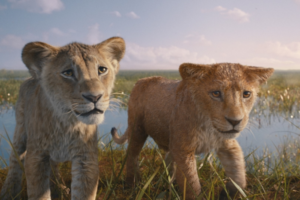



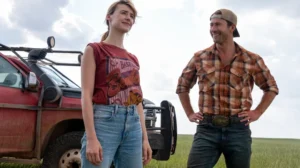
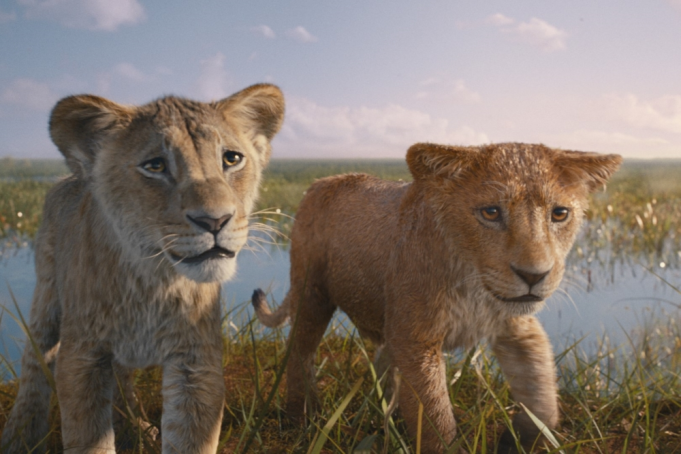
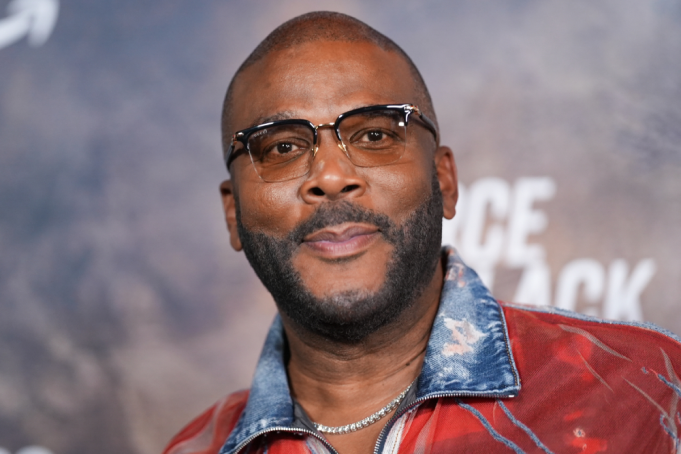
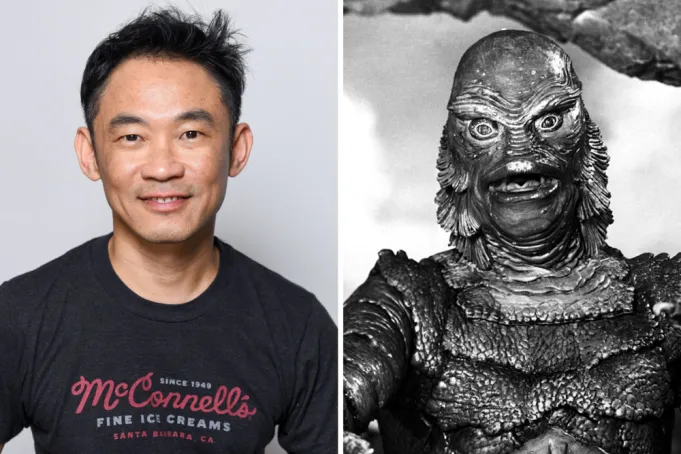
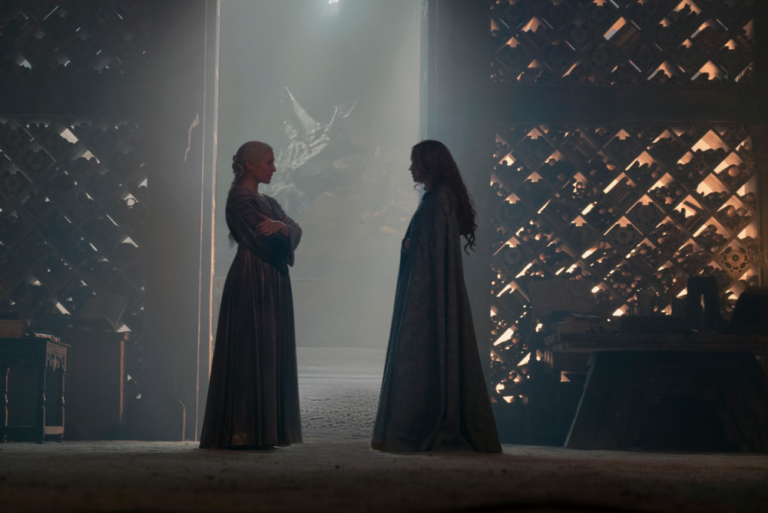

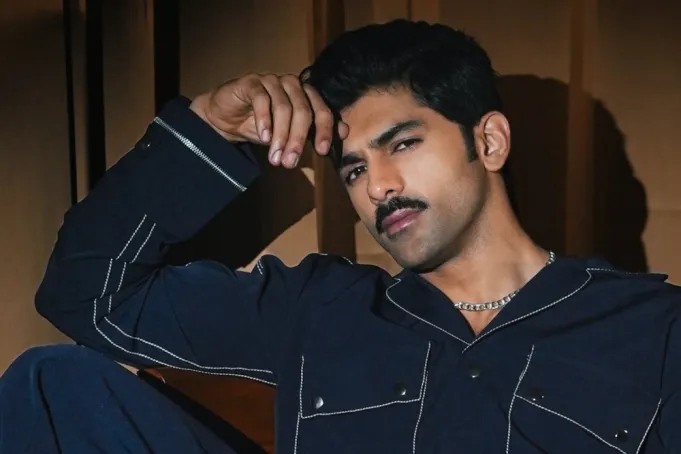


+ There are no comments
Add yours